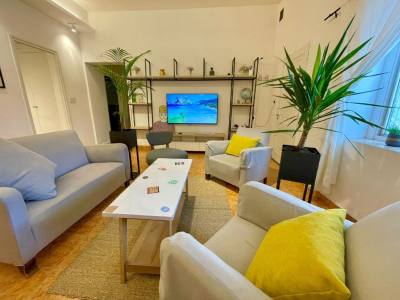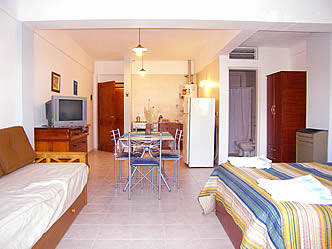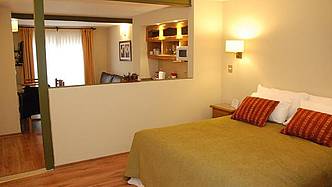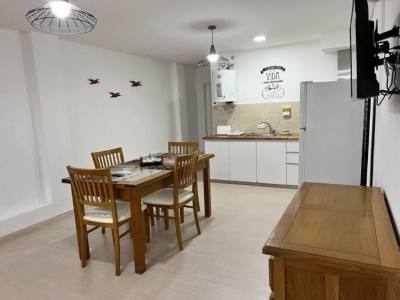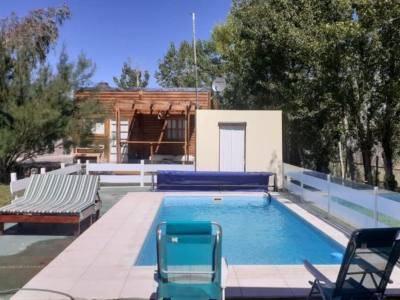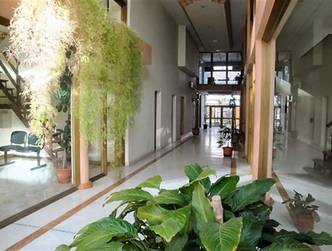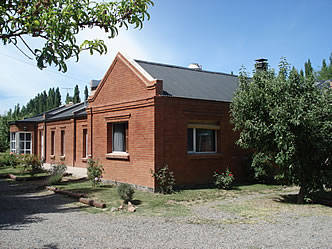It was not until the rubble road deposited us in the access to Punta Tombo Provincial Reserve that we became aware of the magnitude of the penguin colony dwelling in it. These birds spend several months a year at their small addresses on the Argentinian Atlantic coast. Calculating how many specimens gather up at this venue is like winning the lottery. Once inside, we accepted the invitation made by the rangers to take part in a guided tour. We were eager to learn about the customs of these birds and to get deep into the constant murmur we could already hear. Some penguins were taking short slow steps as they wobbled here and there. Others seemed to rush after a bus. Funny and active, couples arrive on these shores to occupy their nests, mate and wait for the birth of their young forty days later.
Punta Tombo, Cradle of Penguins
The colony occupies a length of three kilometers on the seashore. The soil is rocky and covered by sand, clay and gravel. They dig the caves themselves in the areas where the soil is sandier.
Ever since a few years ago, the tour around the area is to follow a circuit along an interpretation trail. A wooden footbridge displays the movements of these animals from a close distance. Visitors may see how the couples remain on the eggs in order to maintain their temperature or feed their young.
“What do they eat?” a curious kid asked as his black eyes opened wide expecting the answer. “Small anchovy, mollusk and shrimp they search for in the sea.”
As we walked by the nest area, our guide told us about their habits, courtship behavior and fights among the males to defend their territory or the chosen female. These good swimmers arrive at this spot every year in September and they do not leave until next March -when their offspring start to feed on their own-, heading for warmer waters in southern Brazil.
The venue used to be part of an estancia. Its owners gave it away in order to preserve the largest continental colony of Magellanic penguins. It lodges almost two million specimens.
Mónica Pons
Eduardo Epifanio
Contact of the excursion or tour
Agencia Bottazzi
Av. Roca 31, Puerto Madryn, Chubut, Agentina
Phone: +54 2965-453712





